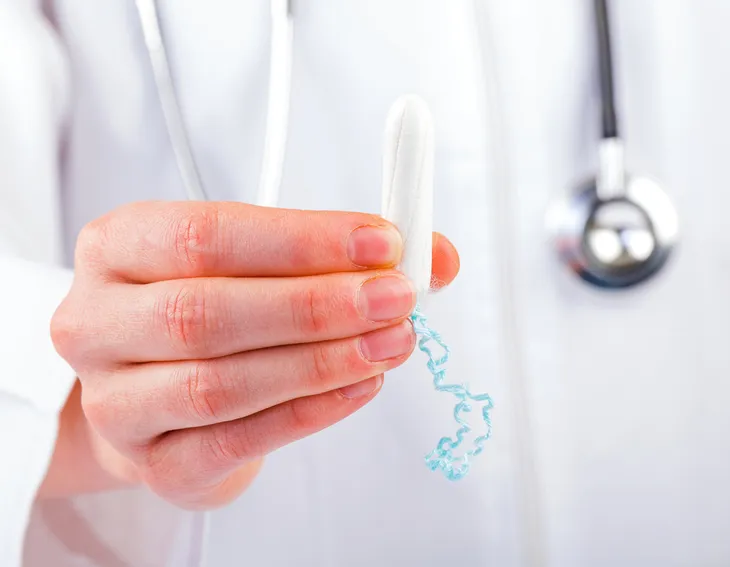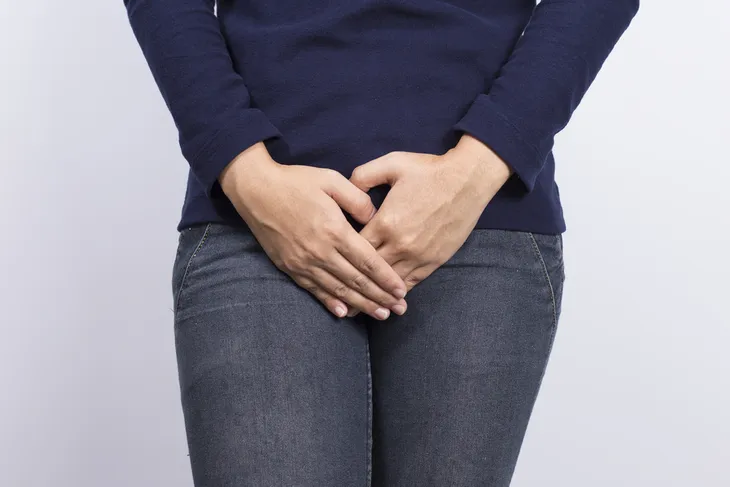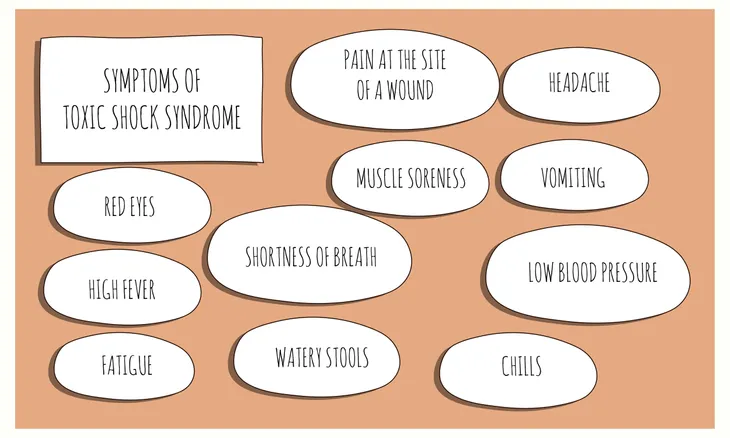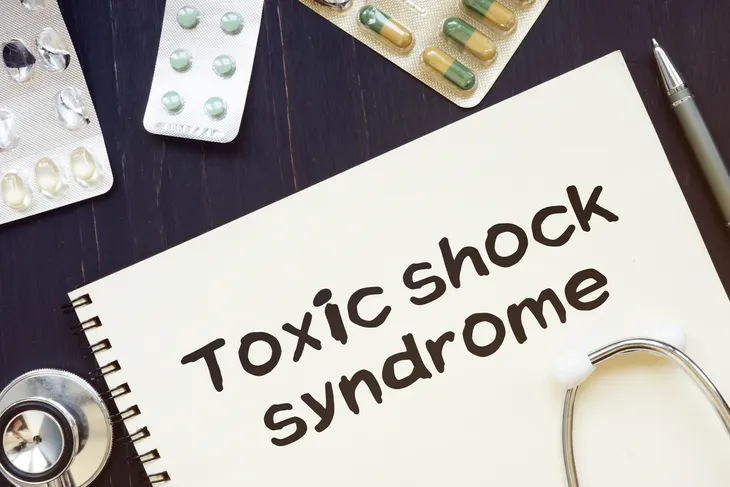You may never link using a tampon to something as scary as toxic shock syndrome. However, a 15-year-old Michigan teen, Rylie Whitten, was struck with the rare, life-threatening staph (staphylococcus aureus) and strep (streptococcus) bacterial infection this past January, after using a monthly menstrual product that many women don’t even think twice about and never assume would have negative health implications…
Prevalence of Toxic Shock Syndrome
Toxic shock syndrome first gained media news attention in the late 1970s and early 1980s following the fatalities of several young women who used super-absorbent tampons.
Data from WebMD reveals that one third of all toxic shock diagnoses strike females who are under the age of 19-years old. There is also a 30 risk of recurrence in patients who’ve had toxic shock previously.
Risk Factors for Toxic Shock
Although toxic shock syndrome is typically linked to menstruating women after using tampons, health experts pinpoint the use of cervical caps, diaphragms, and menstrual sponges to a higher risk of the disease.
Likewise, anyone exposed to staph bacteria following a burn, open wound, surgery (i.e., giving birth), or hospital stay is considered at risk for toxic shock.
How Staph Causes Toxic Shock
Staph exists naturally, and without risk, in every woman’s vagina. However, staph can cause toxic shock syndrome when bacteria multiply rapidly and emit toxins into the bloodstream.
Menstrual sponges, tampons, diaphragms, and cervical caps filled with blood or left inserted for lengthy durations can trigger rapid bacterial growth. Pieces that break off and get left behind in the vagina as well as microscopic tears in the vaginal walls can provide breeding grounds for bacteria as well.
Symptoms of Toxic Shock
Toxic shock syndrome is rare, occurring in 1 out of every 100,000 people. However, the symptoms closely resemble that of any bacterial infection—such as confusion, high fever, skin rash (i.e., sunburn on palms and soles of feet), muscle aches, plummeting blood pressure, seizure, red eyes and throat, headache, vomiting and diarrhea.
If you experience any of the above listed symptoms and are wearing a tampon, menstrual sponge, cervical cap, or diaphragm remove the device immediately and get medical help as soon as possible.
Bodily Response to Toxic Shock
During toxic shock, the body will respond very suddenly and severely to the toxins in the bloodstream, triggered by staph bacteria growth. Most often, blood pressure will drop very suddenly and your internal organs can be quickly deprived of vital oxygen and nutrients.
If the blood pressure isn’t brought back to normal levels fast decreased organ function will transition to organ failure, which could even then lead to death.
Treatment for Toxic Shock Syndrome
Following her experience with toxic shock syndrome, Rylie Whitten was placed on life support. The teen is also recovering with the help of kidney dialysis following her heart and lung failure. She is now out of the ICU and standing on her own.
Doctors from the Mayo Clinic say that toxic shock patients are hospitalized and given antibiotics to treat infection and to stabilize hypotension. Patients are also given fluids for dehydration and dialysis for kidney failure. Surgery may also be performed to drain infection and remove affected tissues.









